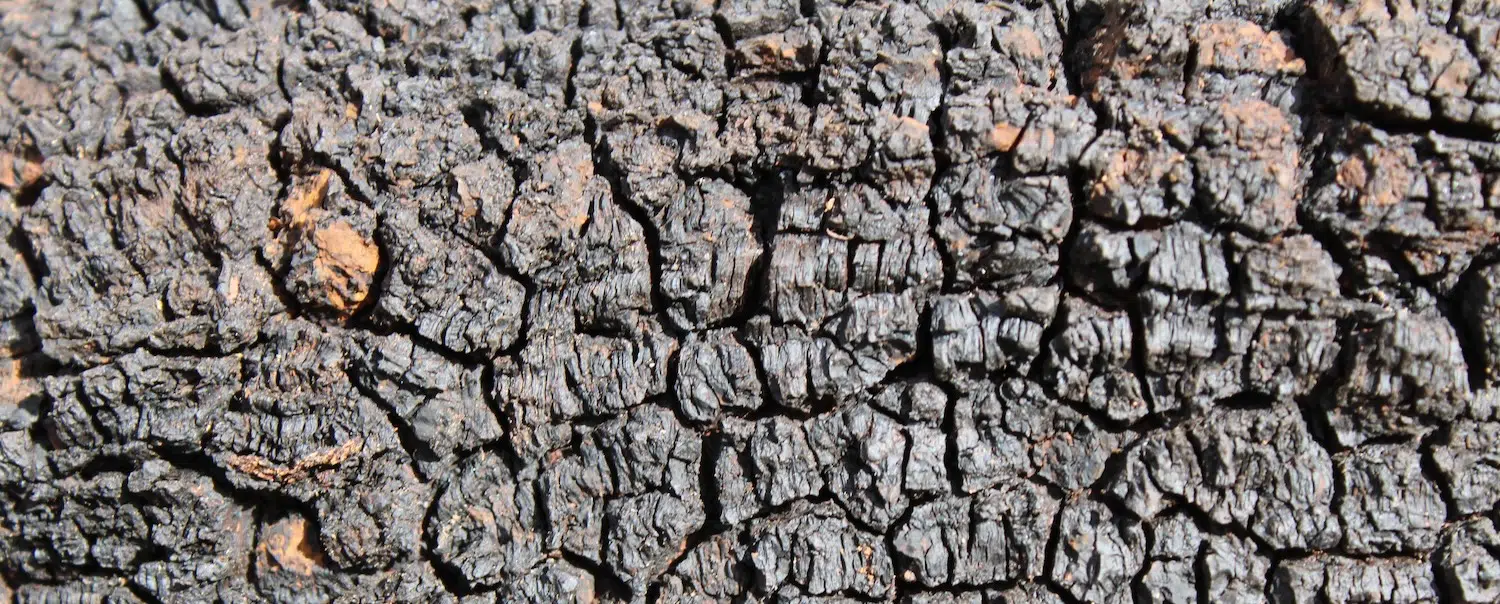Your Cart
Your Cart is currently empty.

Melanin is a natural pigment that plays a central role in human biology. It’s responsible for the color of our skin, hair, and eyes, and acts as the body’s built-in defense system against the harmful effects of ultraviolet (UV) radiation. Found in humans and animals, melanin has evolved to be one of the body’s primary protectors, especially for people who live in areas with strong sunlight.
But melanin isn’t just about skin tone—it has a wide range of functions that extend into overall health, protecting our bodies in more ways than we might realize.
Melanin is produced by cells called melanocytes, which are found in the skin’s outer layer. These cells produce melanin in response to sun exposure, creating a natural barrier that absorbs UV rays and disperses the energy safely, preventing DNA damage that could otherwise lead to cellular harm.
There are three primary types of melanin:
•Eumelanin, responsible for darker skin tones and hair colors.
•Pheomelanin, found in lighter skin tones and red hair.
•Neuromelanin, present in certain areas of the brain, though its role there is still being studied.
Melanin’s ability to protect the skin from sun damage and oxidative stress is essential for maintaining skin health, reducing the risk of aging effects like wrinkles, and supporting the body’s overall well-being.
For some individuals, melanin production can be lower due to genetics, age, or environmental factors. People with fair skin have naturally lower levels of melanin, which may make them more susceptible to UV-related skin damage. Additionally, certain conditions can cause a deficiency in melanin production, leading to increased sensitivity to sunlight.
While melanin’s natural sun-protective qualities are well known, emerging research shows that melanin also plays a key role in neutralizing harmful free radicals. Free radicals are unstable molecules that can lead to cellular damage, and melanin’s antioxidant properties help counteract their effects. This is why maintaining healthy melanin levels is important for both skin health and overall cellular protection.
For those who may have lower levels of melanin, whether due to genetics or lifestyle, there are ways to support the body’s defense mechanisms through diet and natural supplements. Enter the Chaga mushroom.
The Chaga mushroom (Inonotus obliquus), often referred to as the “king of medicinal mushrooms,” grows on birch trees in cold environments, such as the forests of Canada, Siberia, and Scandinavia. For centuries, it has been used in traditional medicine for its healing properties, and it has recently gained attention for its high concentration of melanin.
Chaga’s outer layer is rich in melanin, giving it its distinct dark color. But beyond its appearance, this melanin can provide a range of health benefits when consumed, particularly for those seeking to boost their body’s natural defenses.

Chaga’s melanin is not only powerful as a pigment but also serves as an antioxidant. Antioxidants are crucial for protecting the body’s cells from oxidative stress, which can contribute to aging and various diseases. Chaga’s melanin content acts as a natural shield, helping to neutralize free radicals and reduce oxidative damage at a cellular level.
Here are some ways that Chaga’s melanin can positively affect health:
•Skin Health: Consuming Chaga regularly may support skin health by helping to defend against the damaging effects of the sun. Although it’s not a replacement for sunscreen, Chaga’s melanin can aid in cellular protection, promoting skin that is resilient and healthy.
•Cellular Protection: The antioxidant properties of Chaga’s melanin extend beyond the skin. It supports the body’s overall cellular health by reducing the impact of free radicals, which are linked to various degenerative conditions.
•Natural Energy: Melanin in Chaga, combined with its other beneficial compounds like polysaccharides and beta-glucans, can enhance energy levels and contribute to overall vitality.
Not all Chaga is created equal, and its quality is largely determined by the environment in which it grows. Chaga thrives in cold, harsh climates, particularly in pristine, untouched forests where air quality and soil health are optimal. This is why some of the best Chaga comes from remote regions of Canada, where the mushroom grows on birch trees in unpolluted areas, far from industrial activity.
The clean, untouched wilderness of Canada plays a crucial role in producing high-quality Chaga. The mushroom absorbs nutrients from the birch tree, and the purity of the surrounding environment ensures that these nutrients are not contaminated by pollutants. Chaga harvested from such areas is potent, offering the maximum benefits of its melanin content and other health-supporting compounds.
Sustainably harvested Chaga from unpolluted forests is free from harmful chemicals and pesticides, ensuring that the product you consume is as natural and beneficial as possible
Melanin is a vital component of our body’s defense system, particularly when it comes to protecting our skin and cells from the damaging effects of the sun and oxidative stress. For individuals with lower melanin levels, supporting the body’s natural defense mechanisms through diet and supplementation is important, and Chaga mushroom is a powerful ally in this regard.
Rich in melanin, Chaga offers a unique and natural way to boost cellular health and resilience, particularly when sourced from the pristine forests of Canada. By integrating Chaga into your wellness routine, you can harness the power of this ancient mushroom to support your body’s defenses and promote overall vitality.

At Chi Chaga, we’re deeply rooted in integrity, curiosity, and the quiet strength of nature. As we
Chi Chaga Yerba Mate Tea is a Game-Changer Mornings can set the tone for the entire day, and at Chi
What great way to end 2024! We are thrilled to share that Chi Chaga has been recognized as a feature

